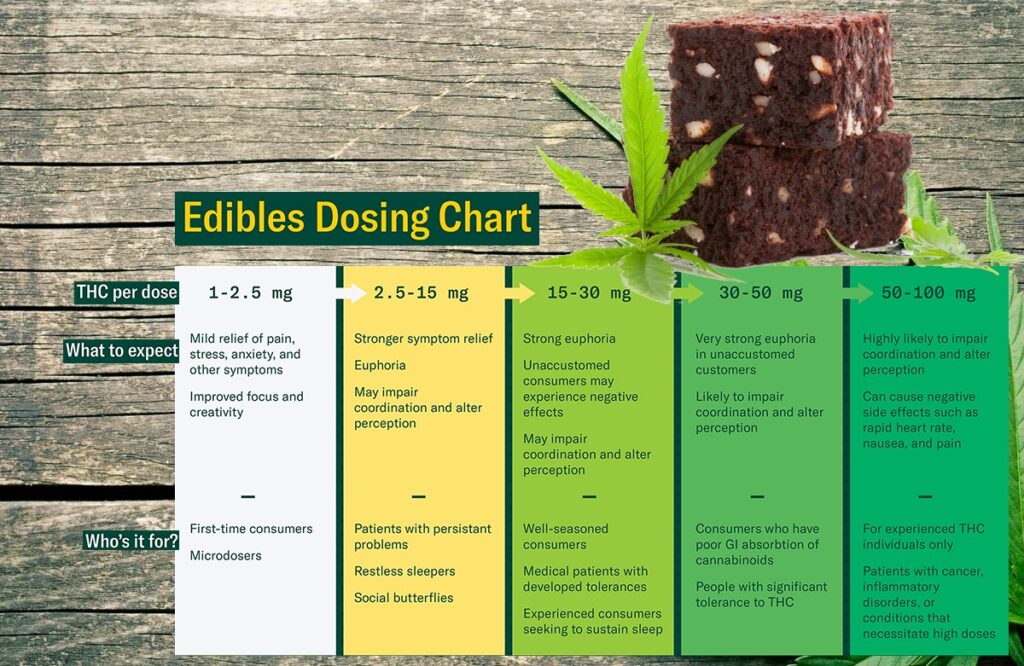Cannabis consumption has become increasingly popular in recent years, with more individuals exploring the psychoactive effects of marijuana. However, there is a fine line between achieving a desired high and experiencing the negative consequences of overconsumption. This article delves into the concept of “greening out,” which is the result of consuming too much cannabis. We will explore the symptoms, risks, and strategies for preventing and managing greening out episodes.
What is Greening Out?
Greening out, also known as a cannabis overdose, occurs when an individual consumes an excessive amount of cannabis, leading to unpleasant physical and psychological symptoms. Unlike alcohol, which is a depressant, marijuana is a psychoactive drug that affects the central nervous system, altering one’s state of mind and consciousness. Cannabis products contain various compounds called cannabinoids, with the two most prominent being THC (tetrahydrocannabinol) and CBD (cannabidiol).
THC is the primary psychoactive compound in marijuana, responsible for the intoxicating effects sought after by recreational users. CBD, on the other hand, is a non-psychoactive compound primarily used for its therapeutic properties. When discussing greening out, we are primarily referring to cannabis products with high levels of THC.
How Much is Too Much Cannabis?
The amount of cannabis needed to trigger a green out can vary from person to person. Factors such as body weight, tolerance, and the potency of the product all play a role in determining an individual’s threshold for greening out. Those with little to no prior experience with cannabis are more susceptible to greening out, as even small amounts can lead to overwhelming effects.
The method of consumption also influences the likelihood of greening out. Smoking or vaping cannabis typically results in more rapid THC absorption, intensifying the effects. In contrast, edibles tend to have a delayed onset, making it easier to consume larger amounts unknowingly. It is crucial to be aware of the potency and dosage of the cannabis products one is using to prevent greening out.
Symptoms of Greening Out
When someone is greening out, they may experience a range of distressing symptoms. These can include dizziness, lightheadedness, anxiety, increased heart rate, nausea, vomiting, loss of coordination, and even panic attacks. Some individuals may also experience a sensation known as “the spins,” characterized by a combination of vertigo and nausea, making them feel as if their head is spinning, even when lying down.
Other common symptoms of greening out include disorientation, confusion, mild hallucinations, and a feeling of heaviness in the limbs. These symptoms can last for a few minutes, hours, or even an entire day, depending on factors such as hydration levels, tolerance, and the amount and speed of cannabis consumption.
Risks of Greening Out
While a fatal overdose from marijuana alone is unlikely, greening out poses several risks to individuals. The impaired coordination and compromised cognitive function associated with greening out can lead to accidents or injuries. Furthermore, greening out episodes can have long-term effects on mental health, potentially exacerbating anxiety disorders, psychosis, or schizophrenia.
Overconsumption of marijuana can also result in cannabinoid hyperemesis syndrome (CHS), a condition characterized by cyclical nausea, vomiting, and abdominal pain. Vomiting and dehydration associated with greening out can be particularly dangerous, especially if left untreated.
Preventing Greening Out
Preventing greening out starts with responsible cannabis use. It is essential to be mindful of the purity, dosage, potency, and method of administration when using cannabis products. Here are some tips to avoid greening out:
- Know your limits: Start with small amounts of cannabis and gradually increase as needed. This allows you to gauge your tolerance and prevent overconsumption.
- Choose trusted sources: Obtain cannabis products from reputable sources to ensure their quality and reduce the risk of laced substances.
- Avoid mixing substances: Combining cannabis with alcohol or other drugs can intensify the effects and increase the likelihood of greening out. It is best to consume cannabis on its own.
- Stay hydrated: Drink plenty of water to stay hydrated, as greening out can cause dehydration due to symptoms like nausea and vomiting.
- Create a safe environment: If you choose to use cannabis, establish a safe space and have a trusted friend nearby who can assist you if needed. It is crucial to prioritize your safety and well-being.
Managing a Green Out Episode
If you or someone you know is experiencing a green out, it is essential to remain calm and take appropriate steps to mitigate the symptoms. Here are some strategies for managing a green out episode:
- Stay calm: Use a soothing voice and gentle touch to help the person stay grounded and calm. Avoid yelling or aggravating the situation further.
- Offer hydration: Encourage the person to drink water to stay hydrated and help flush toxins from their body.
- Provide a snack: If the person feels queasy, a light snack, such as toast, may help settle their stomach.
- Remain present: Stay with the person until the symptoms subside, providing them with reassurance and support.
- Seek medical attention if necessary: If the symptoms worsen or become severe, it is crucial to seek medical assistance. Medical professionals can provide appropriate care and ensure the individual’s safety.
Understanding the Dangers of Greening Out
While greening out may not result in immediate fatality, it can have significant negative consequences. Frequent or intense greening out episodes can lead to accidents, impaired mental health, and the development of marijuana use disorder. Long-term marijuana use has been associated with memory loss, learning impairments, difficulty regulating impulse control, and compromised lung and cardiovascular health.
It is important to recognize the potential risks and take steps to address greening out episodes and prevent them from recurring. Seeking professional help and support, such as addiction treatment programs or therapy, can be beneficial for individuals struggling with marijuana use disorder.
Mixing Alcohol and Marijuana: Dangers and Effects
Mixing alcohol and marijuana can intensify the effects of both substances and increase the risk of greening out. Alcohol enhances the absorption of THC, leading to a quicker and more intense high. This combination can also impair a person’s ability to vomit, increasing the risk of alcohol poisoning. Furthermore, mixing marijuana with other substances, such as tobacco, cocaine, or opioids, can have detrimental effects on physical and mental health.
Recognizing Alcohol Poisoning vs. Greening Out
It can be challenging to differentiate between greening out and alcohol poisoning when alcohol and marijuana are mixed. Alcohol poisoning occurs when the body has an excessive amount of alcohol in the bloodstream, resulting in impaired brain function. Signs of alcohol poisoning include reduced gag reflex, confusion, low body temperature, slow breathing and heart rate, and difficulty remaining conscious. If someone exhibits these symptoms while experiencing greening out, it is crucial to call for emergency medical assistance.
Seeking Help for Alcohol and Marijuana Abuse
Although marijuana is often perceived as safer than other substances, it can still lead to addiction and negative consequences in an individual’s life. If you or someone you know is struggling with alcohol and marijuana abuse, it is important to seek help. Treatment programs tailored specifically for teens and individuals dealing with marijuana addiction can provide the necessary tools and support for lasting recovery.
In conclusion, greening out, or a cannabis overdose, can occur when someone consumes an excessive amount of marijuana. While it is not believed to cause permanent damage, greening out can be a distressing experience characterized by symptoms such as nausea, dizziness, and panic attacks. To prevent and manage greening out, it is important to use marijuana and CBD responsibly, avoid mixing alcohol with marijuana, and seek medical attention if symptoms persist or worsen. Understanding the risks and effects of greening out can help individuals make informed choices about their cannabis use and prioritize their health and well-being.
Conclusion
Greening out, or cannabis overdose, is a serious concern for individuals who consume marijuana. Understanding the symptoms, risks, and preventive measures associated with greening out is essential for responsible cannabis use. By adopting responsible consumption practices, staying informed about the potency and dosage of cannabis products, and seeking help when needed, individuals can minimize the risks associated with greening out and promote their overall well-being.





